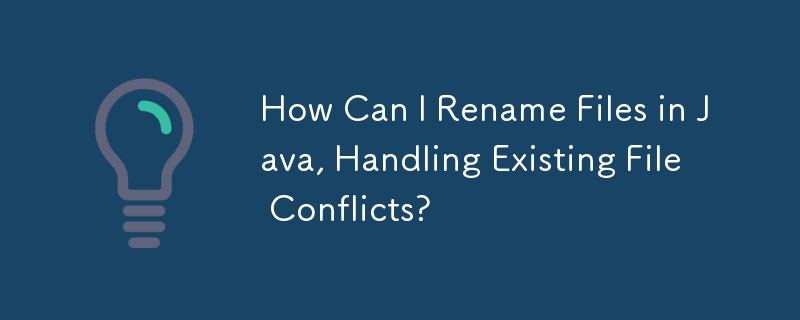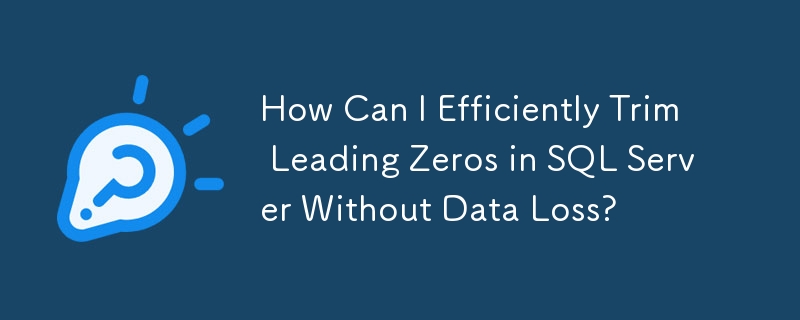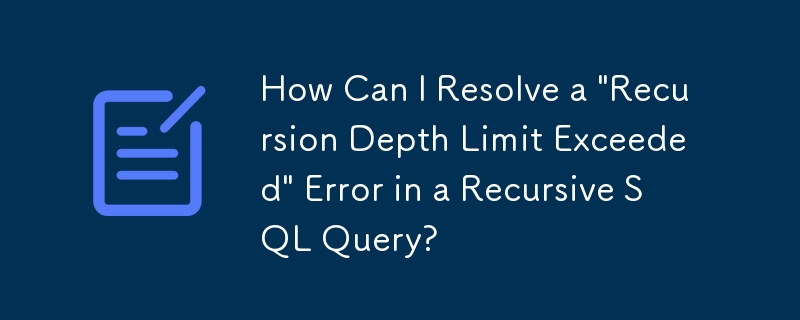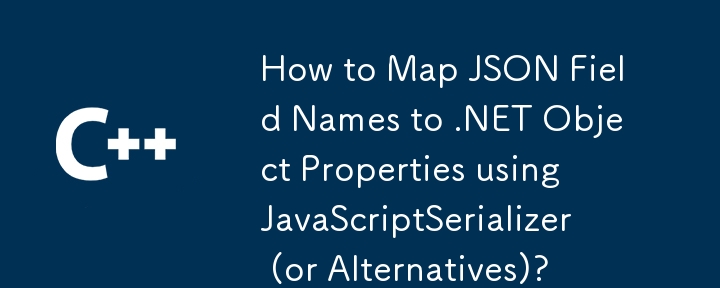Found a total of 10000 related content

What is a file system library in C 17?
Article Introduction:The C 17 file system library provides a unified, type-safe interface, making file and directory operations more intuitive and efficient. 1) The std::filesystem::path class simplifies path operation; 2) The std::filesystem::directory_iterator facilitates traversing directories; 3) Pay attention to exception handling and performance optimization to ensure the robustness and efficiency of the program.
2025-04-28
comment 0
1042
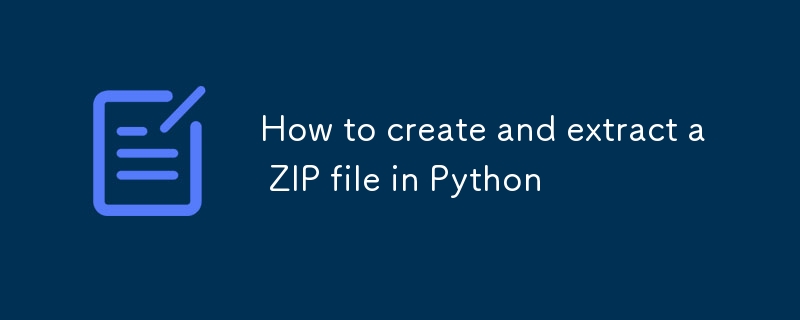
How to create and extract a ZIP file in Python
Article Introduction:Using the zipfile module in Python can directly create and decompress ZIP files. 1. To create a ZIP file, you need to use the ZipFile class to open the file in write mode, and add the file through the write() method. When packaging the directory, you need to traverse the file recursively and pay attention to the path processing; 2. Unzip the ZIP file to restore the complete directory structure by extractall() method, or you can also selectively extract a single file after viewing the content through namelist(); 3. Other techniques include handling Chinese garbled code, detecting whether the ZIP is corrupt, setting compression levels and password protection (requiring a third-party library). Mastering these key points can meet daily ZIP file operation needs.
2025-07-21
comment 0
177

Explain RAII in C
Article Introduction:RAII is an important technology used in resource management in C. Its core lies in automatically managing resources through the object life cycle. Its core idea is: resources are acquired at construction time and released at destruction, thereby avoiding leakage problems caused by manual release. For example, when there is no RAII, the file operation requires manually calling fclose. If there is an error in the middle or return in advance, you may forget to close the file; and after using RAII, such as the FileHandle class encapsulates the file operation, the destructor will be automatically called after leaving the scope to release the resource. 1.RAII is used in lock management (such as std::lock_guard), 2. Memory management (such as std::unique_ptr), 3. Database and network connection management, etc.
2025-07-22
comment 0
1042

Advanced Java Security Manager Configuration
Article Introduction:The core goal of Java Security Manager configuration is to control code permissions, prevent overprivileged operations, and ensure normal function operation. The specific steps are as follows: 1. Modify the security.manager settings in the java.security file and use -Djava.security.policy to enable the security manager; 2. When writing the policy file, you should clarify the CodeBase and SignedBy properties, and accurately set the permissions such as FilePermission, SocketPermission, etc. to avoid security risks; 3. Common problems: If the class loading fails, you need to add defineClass permission, and the reflection is restricted, you need to reflect.
2025-07-16
comment 0
538
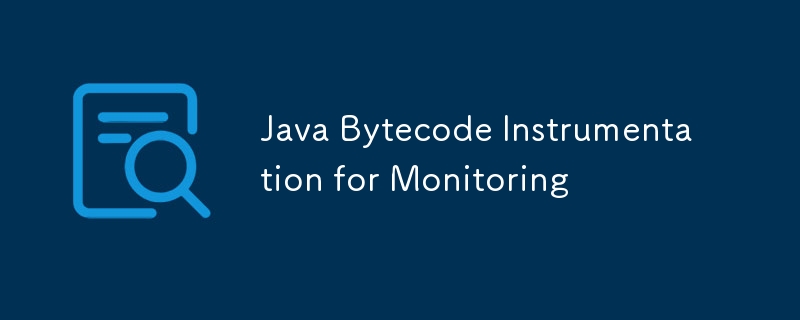
Java Bytecode Instrumentation for Monitoring
Article Introduction:Java bytecode instrumentation realizes dynamic analysis of the running status of Java programs by modifying the .class file insertion monitoring logic when class loading. Its core principle is to use the Instrumentation API and bytecode operation libraries (such as ASM, ByteBuddy, etc.) to insert monitoring code before and after the method is executed without modifying the source code. The specific steps include: 1. Use JavaAgent to intercept the class loading process and register the ClassFileTransformer; 2. Insert monitoring logic such as timing, logs, etc. into the target method to ensure that the original logic is not affected; 3. Avoid destroying the method signature or introducing exceptions, and ensure that the bytecode passes JVM verification. Common application scenarios are:
2025-07-23
comment 0
918

How does Java work?
Article Introduction:The running mechanism of Java programs mainly includes compilation into bytecode, JVM execution and automatic memory management. First of all, Java code is compiled into platform-independent bytecode (.class file) through javac, realizing "write once, run everywhere". Next, the JVM loads the bytecode and interprets it by the execution engine or compiles it into machine code through JIT. At the same time, the JVM is also responsible for class loading, memory management and garbage collection. Then, the class loader (ClassLoader) loads class files from disk or network, and the runtime data area includes heap, stack, method area, etc. for data storage for program operation. Finally, the garbage collection mechanism automatically recognizes and frees object memory that is no longer in use, avoiding the complexity of manual memory management. The whole process starts
2025-06-27
comment 0
636

how to use PowerShell
Article Introduction:PowerShell is a powerful command line tool in Windows. It can not only replace CMD, but also automate system management tasks. Beginners should start by viewing class commands, such as Get-Host, Get-Command and Get-Help; mastering file operation commands such as Get-ChildItem, Copy-Item, Move-Item and Remove-Item can improve efficiency; writing scripts to cooperate with task planners to achieve repetitive tasks such as timed automatic cleaning; using Tab completion, arrow key call history and Select-Object filtering output can further improve operational convenience.
2025-07-14
comment 0
926

Working with Python context managers (with statement)
Article Introduction:The context manager is a mechanism in Python that simplifies resource management and ensures the correct release of resources, and is implemented through with statements. The core is to define the operations before and after the code is executed, and to automatically execute the two stages of "enter" and "exit", such as automatically closing the file or releasing the lock. The implementation methods include: 1. Use the class to define the __enter__() and __exit__() methods; 2. Use the @contextmanager decorator of the contextlib module to separate the entry and exit logic through yield. It has a wide range of application scenarios, such as file operation, database connection, locking mechanism, temporary directory management and performance timing, which can effectively improve code readability and security.
2025-07-15
comment 0
421

Explain Laravel Database Migrations.
Article Introduction:Database migration is a version control tool in Laravel for managing database structure changes. It allows the use of PHP code to define and synchronize table structures to avoid manual operation of the database. 1. The migration file contains methods for up() to perform changes and down() rollback changes; 2. Use the Schema builder and Blueprint class to create tables and fields, and support common types and constraints; 3. Common Artisan commands include migrate run, rollback rollback, reset reset, refresh refresh, and make:migration to generate new files; 4. The recommended practice is to not modify the running migration, but create new files for adjustments, and fill data with factories and seeds.
2025-07-22
comment 0
732
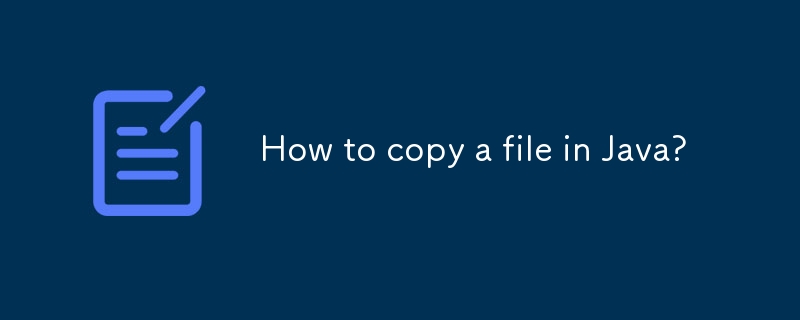
How to copy a file in Java?
Article Introduction:There are three ways to copy files in Java. The first is to use FileInputStream and FileOutputStream, which is suitable for Java7 and earlier versions. By reading byte streams and writing to the target file, it is suitable for understanding the underlying principles but limited performance; the second is to use Files.copy(), which is recommended for Java7 and above versions. The code is concise and efficient, and FileChannel is used internally and supports whether to overwrite existing files; the third is to use ApacheCommonsIO tool class, which is suitable for projects that have been introduced to this library. It has simple operation but requires third-party dependencies to be added. The selection method should be determined based on the Java version, whether third-party libraries are allowed and specific performance requirements.
2025-07-21
comment 0
959
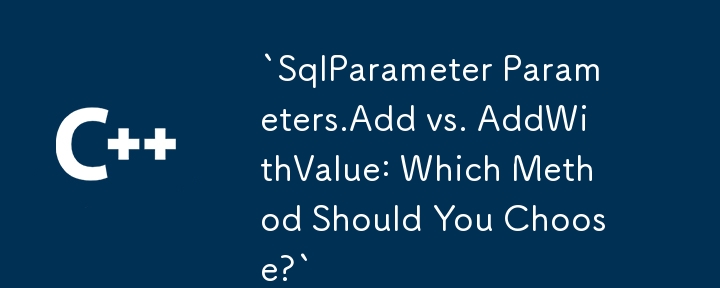

Dave The Diver: How To Catch Spider Crabs
Article Introduction:In Dave The Diver, there are some creatures that are not easy to catch. Or, catch alive that is. The spider crab is one of those very species, making it seem like the only way to bring these crustaceans back up to land is to viciously crack them up w
2025-01-10
comment 0
864

Prepare for Interview Like a Pro with Interview Questions CLI
Article Introduction:Prepare for Interview Like a Pro with Interview Questions CLI
What is the Interview Questions CLI?
The Interview Questions CLI is a command-line tool designed for JavaScript learners and developers who want to enhance their interview
2025-01-10
comment 0
1491
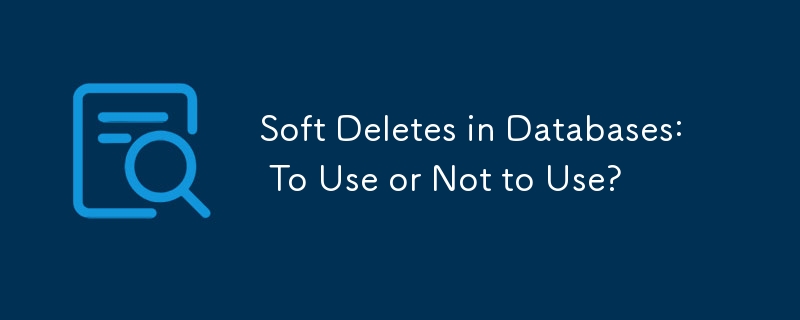
Soft Deletes in Databases: To Use or Not to Use?
Article Introduction:Soft Deletes: A Question of DesignThe topic of soft deletes, a mechanism that "flags" records as deleted instead of physically removing them, has...
2025-01-10
comment 0
1084
